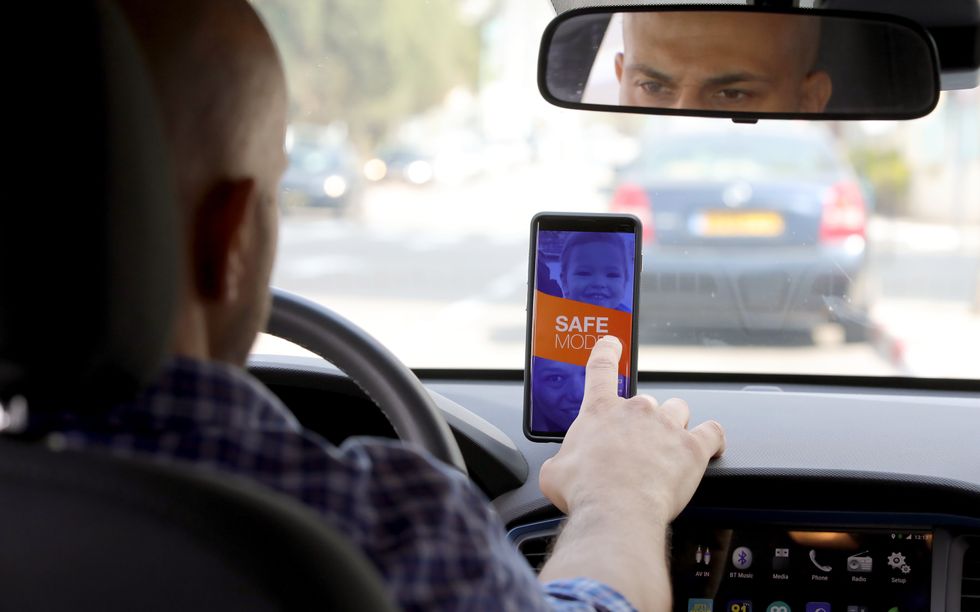Now Reading: Anti-Distraction Tech Blocks Smartphone Usage
-
01
Anti-Distraction Tech Blocks Smartphone Usage
Anti-Distraction Tech Blocks Smartphone Usage

Fast Summary
- Mobile phone use while driving is a leading cause of vehicle accidents; various anti-distraction technologies are emerging to address the issue.
- Existing solutions rely heavily on driver cooperation, such as AT&T’s DriveMode and Apple’s Do Not Disturb While Driving apps, which can often be bypassed.
- SaverOne, an Israeli startup, offers a hardware-integrated system that automatically places the driver’s phone into “safe mode,” blocking risky apps while allowing essential functions like navigation and voice calls.
- SaverOne distinguishes between phones used by drivers and passengers using sensors and prevents cheating attempts like disabling Bluetooth or using a second device.
- Pilot deployments have demonstrated notable reductions in accident rates (up to 60% in certain specific cases) among equipped fleet vehicles. Observations include near-elimination of phone interactions during driving sessions.
- adoption is growing internationally wiht companies like Cemex Israel, strauss Group, and FedEx contractors deploying the system. Data shows statistically significant accident rate reductions among fleets that have installed the technology.
- There is debate about long-term behavioral impact-prior trials with safety-enforcement systems showed compliance only while systems were active without creating lasting habits post-deactivation.
- broader consumer adoption may depend on regulation mandating installation in commercial and passenger vehicles-currently under discussion but not implemented.
Indian Opinion Analysis
Mobile-induced distracted driving has also emerged as a pressing concern within India due to its rapidly increasing vehicle count and smartphone penetration. According to data from global studies cited in this article, effective systems like SaverOne offer potential solutions for reducing road accidents-a matter of public safety relevant worldwide. for India’s situation specifically, such enforceable preventive technologies could complement existing traffic regulations where enforcement gaps are evident.
However, cost barriers might restrict widespread deployment unless subsidized or mandated by government policies. Public awareness campaigns paired with fleet-level trials involving logistics firms or ride-hailing companies could provide evidence-based validation for policymakers when evaluating mandatory measures.
India-centric fleet operators adopting advanced anti-distraction frameworks could pave the way for safer roads nationally while contributing valuable data toward assessing longer-term behavioral impacts in varied driving conditions across urban versus rural areas-a crucial distinction given India’s diverse infrastructure landscapes.
Broader involvement of insurers offering discounts based on tech adoption might further incentivize individual consumers over time if proven feasible under Indian insurance models. Regulation-driven enforcement could become pivotal amid growing road safety challenges linked directly to mobile usage-a dimension worthy of legislative exploration here akin to international reforms suggested.























